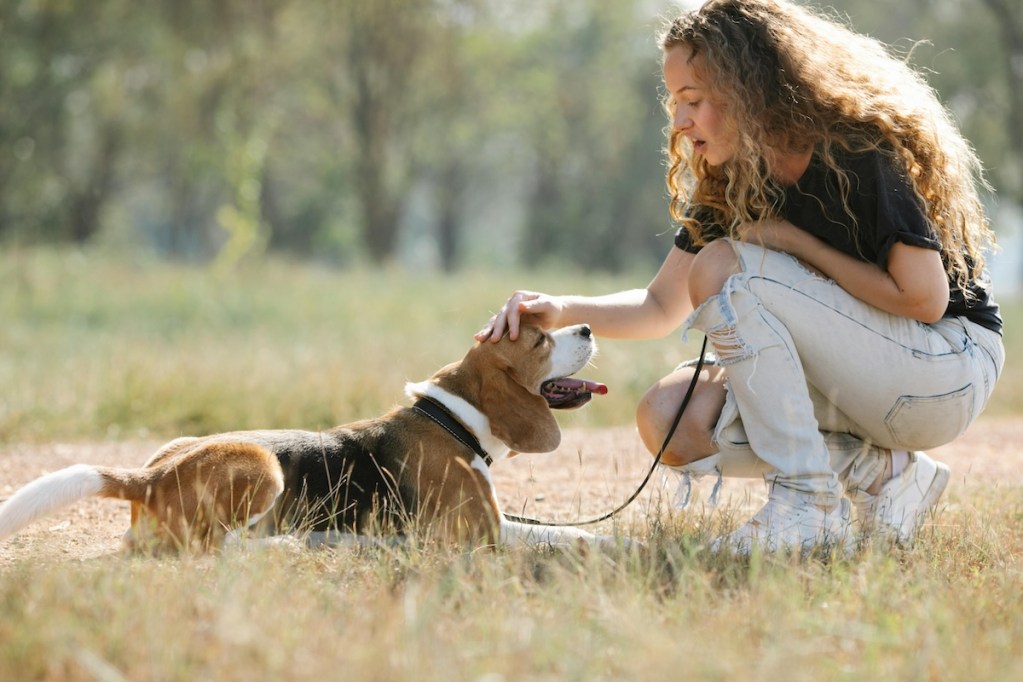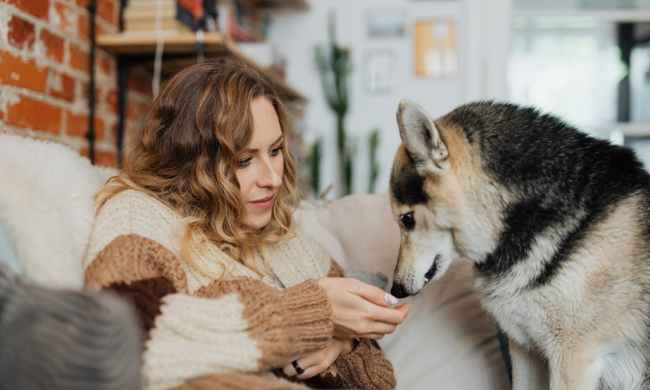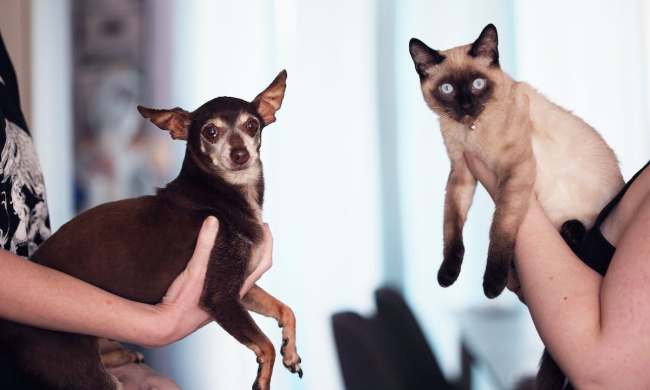One of the best parts of owning a dog is providing pats, scritches, and belly rubs. Our buds seem to love this as much as we do, and research says that petting a pooch gives a mood boost to both humans and animals. Even though we know that pups love pats, we should still respect their boundaries and only touch them in the areas they like. While every fur baby has personal preferences, we’ll cover the common areas where dogs like to be pet.
Why dogs like to be pet

About 20,000 years ago, dogs decided they preferred hanging out with humans for nourishment rather than hunting their own food. Along the way, we became more than just a meal ticket to them, and now most dogs are solely companions (of course, many still work demanding jobs as service animals or alongside police officers).
Because humans communicate through touch, our beasties have come to enjoy that form of affection. Nowadays, most dogs like at least some type of petting, and those that don’t are often sick, in pain, or weren’t properly socialized as a puppy. Just because some stroking feels nice, though, doesn’t mean they want you touching them anywhere.
Where dogs like to be pet

There are a few prime areas that our furry friends particularly want to be rubbed. When you first bring home a new dog, you can try out different spots and see which gets you a tail wag. Over time, you’ll learn what your animal prefers and under what circumstances they want each pet. For example, many four-leggers will specifically ask for tummy rubs when they are feeling loving (although an exposed belly can also indicate that they feel submissive). Every individual will have likes and dislikes, but these are the top ways to show Fido physical affection:
- Butt scratches, near the tail
- Belly rubs
- Chin scritches
- Head pats
- Neck strokes
- Leg rubs, on the sides of the thighs
How to pet a dog

We’ll start with the most important: Only pet a dog you know or have gotten permission to interact with. Even pup pups that love pets might balk at a strange human reaching for them. Instead, talk to the owner and get the go-ahead. They may tell you about certain areas to avoid.
Now that you have the human’s OK, you’ll need to check in with the buddy, too. As you approach, don’t make too much eye contact, which can come off as aggressive. You might want to let the little guy make the first move to show they’re fine with the interaction. Then, reach out with a closed fist and let them give you a little sniff, but don’t spook them by getting too close to the face. Remember: Let the dog come to you. Only pet the less intimate areas, like the ears, back, or chest. If Fido looks like they don’t enjoy it, back off and go on your way.
Once you have their full trust, you should realize quickly where the favorite spots are. You’ll certainly get the message if they roll on their back or put a certain part of their body in the hand zone. For small buds, you likely want to stick with gentle petting, but bigger guys could love to get massages or firm side pats.
Where not to pet a dog

Some dogs love to have their head stroked, others love tummy rubs, and a few only want long pats down the side. Make sure to avoid key regions, though, that no one likes. We don’t recommend ever touching their genitals or anal area. Many pups don’t like having their feet messed with either, and you don’t want to pull their tails in any way. Lastly, just because we humans enjoy a good hug doesn’t mean our fuzzy besties do. A lot love other types of cuddles, though, and might prefer to sit on your lap.
Concluding thoughts

We know most dogs love pets, but that doesn’t mean they want them all the time. Even the most affectionate pooch may decide they’ve had enough. Usually, you’ll know the scratch session has come to an end when they move away or even get up and leave. That doesn’t mean your fur baby no longer loves you — everyone feels touched out sometimes. When approaching a new dog, let them take the lead and be ready to back off if they’re not receiving the petting not well. Most likely, you’ll be scritching their ears in no time.




